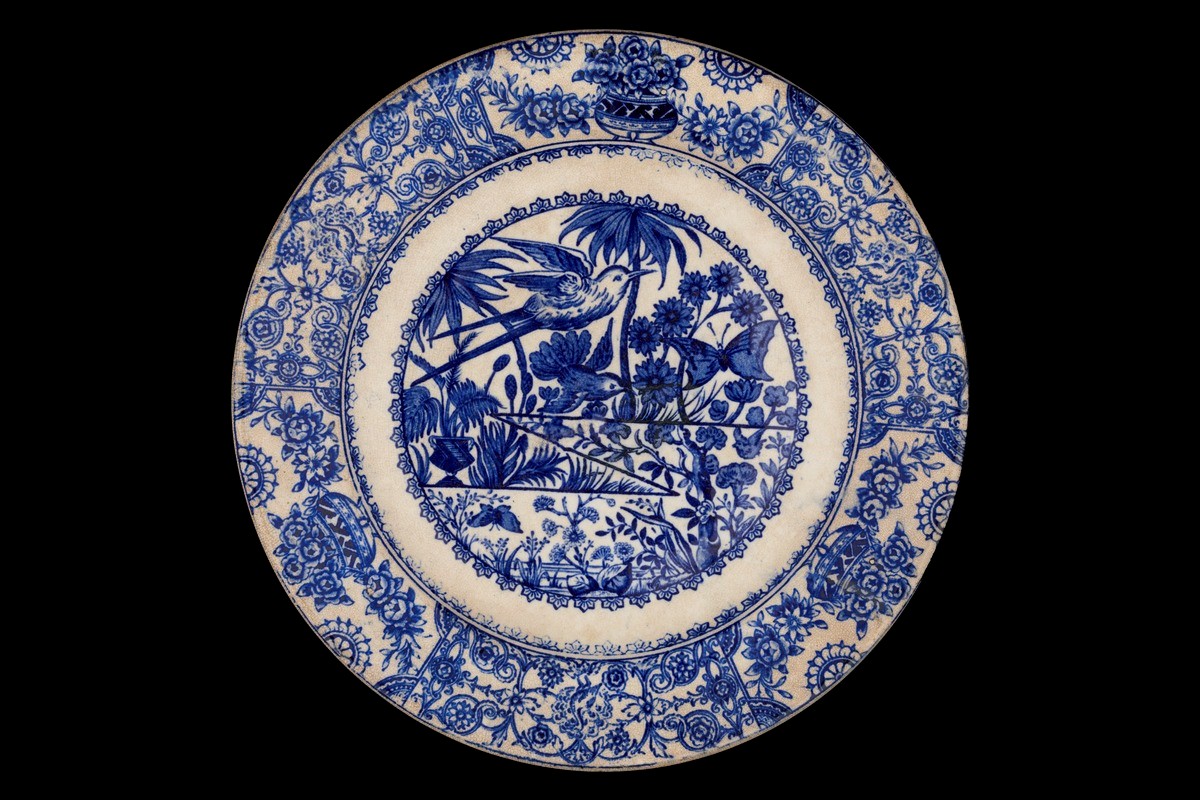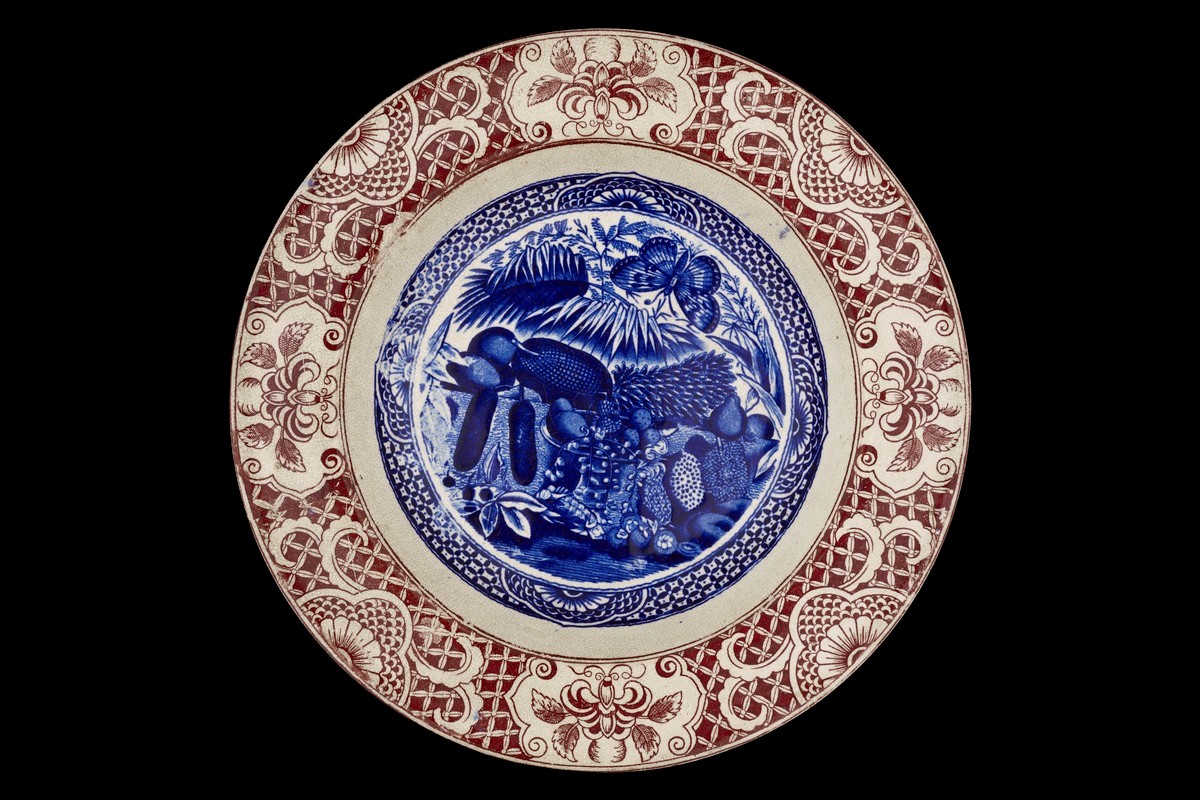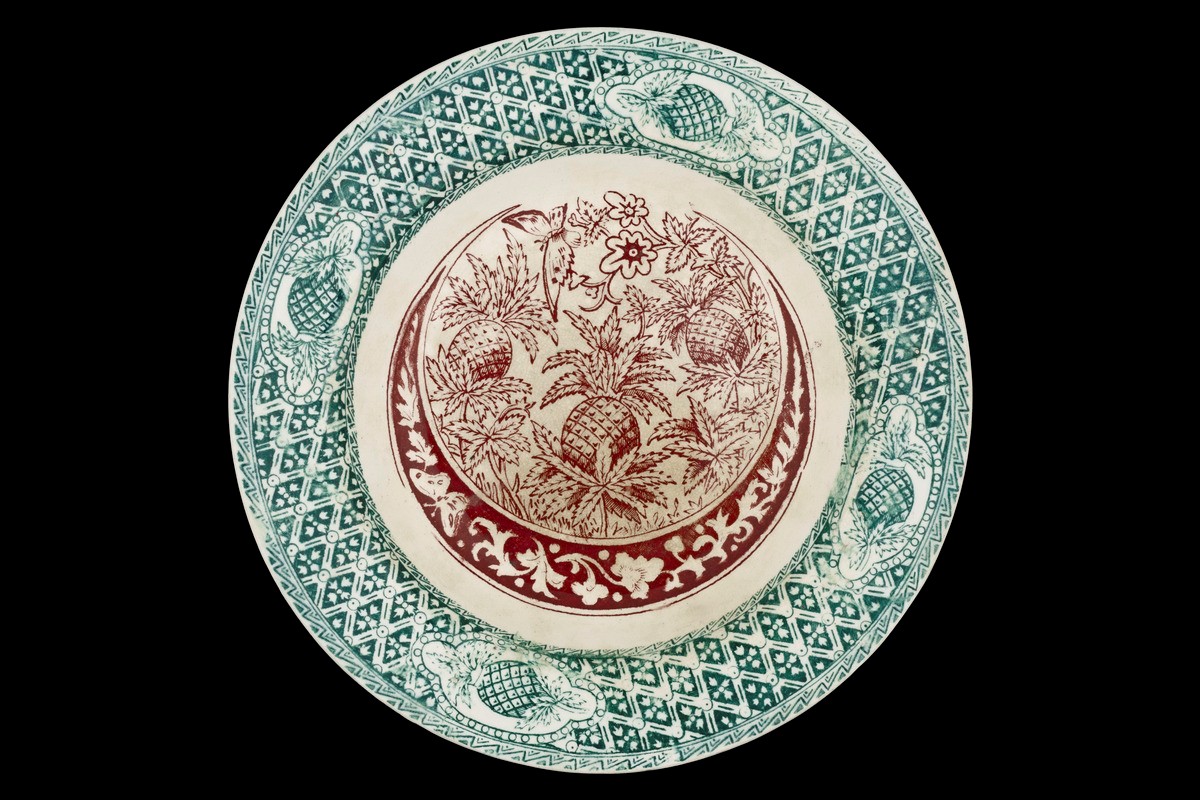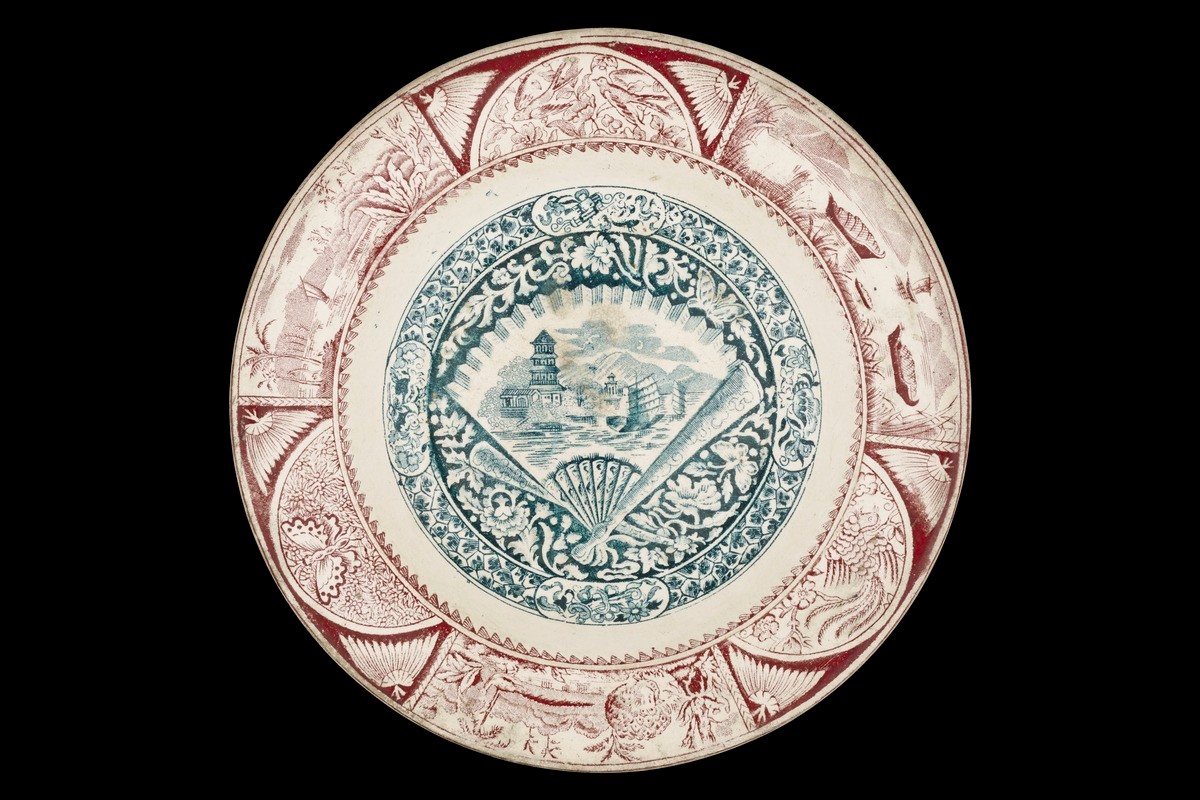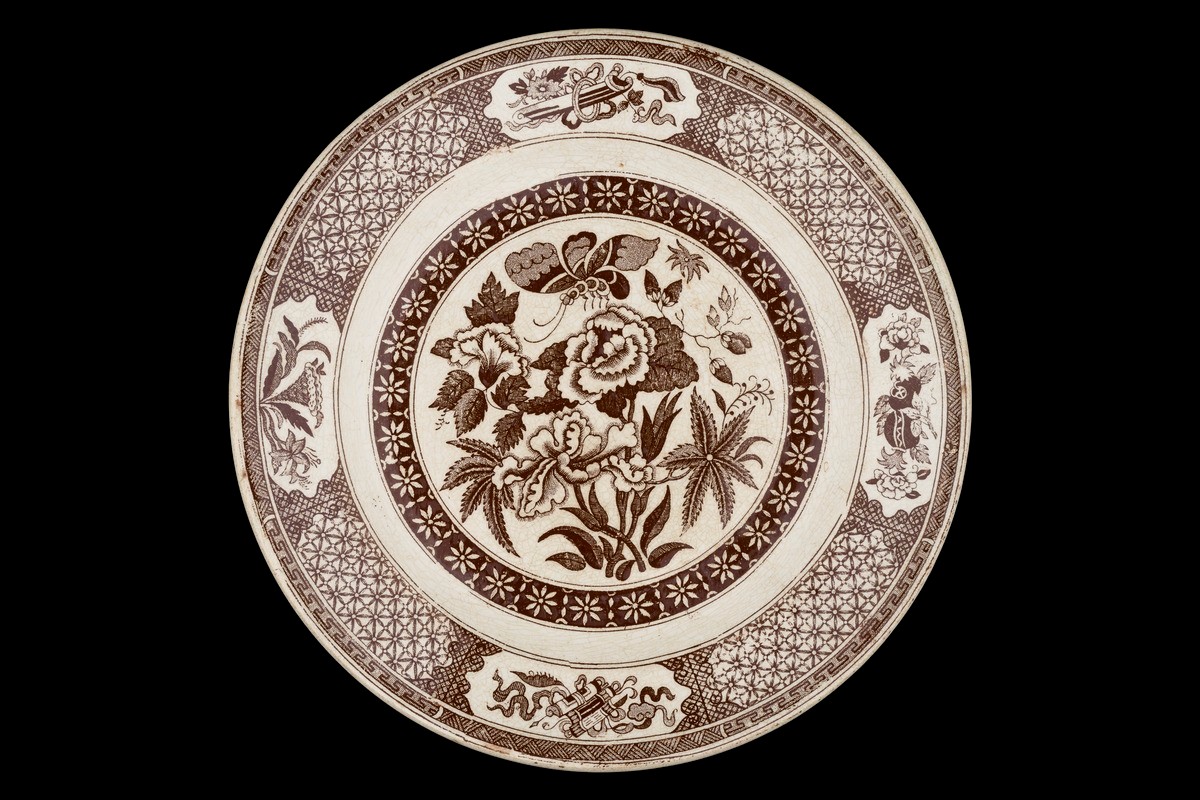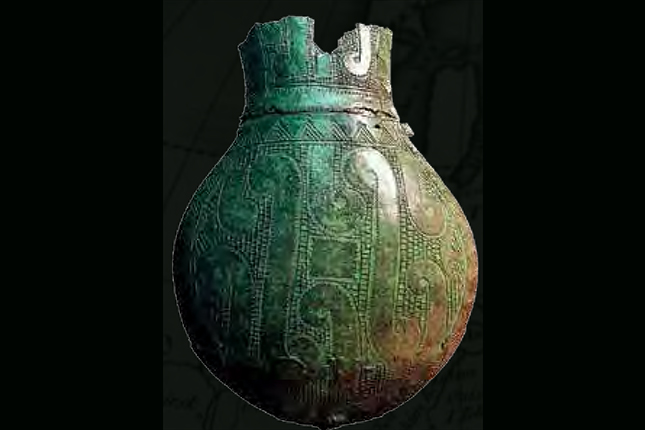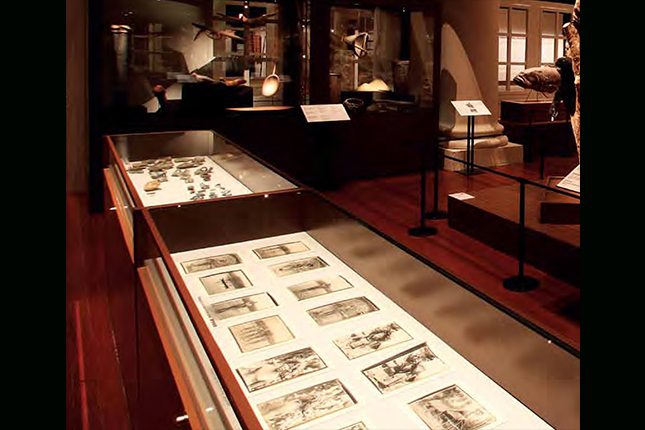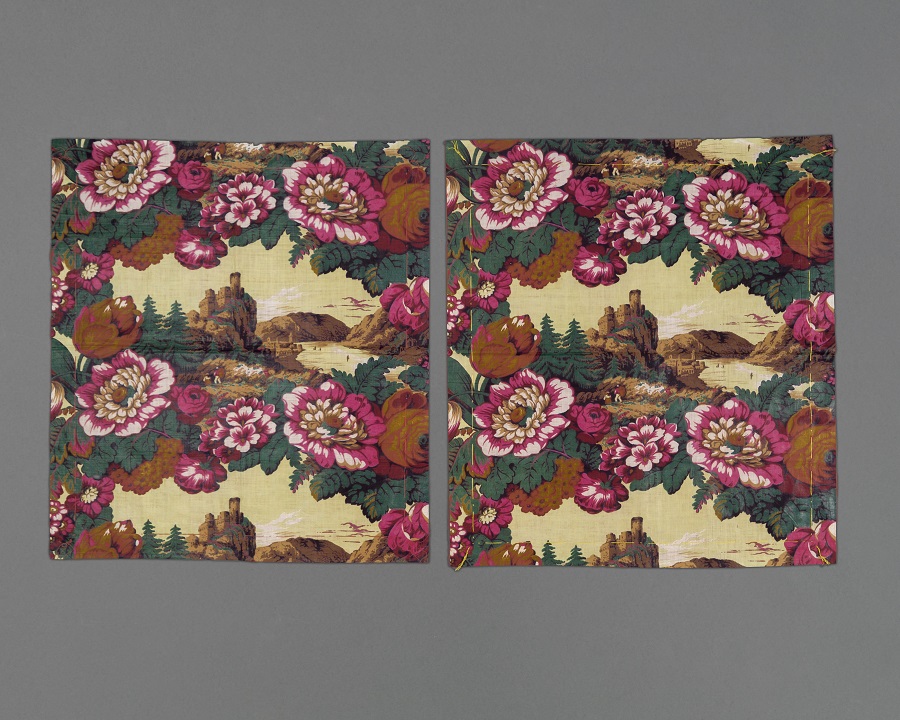The expansion of European colonial territories in the 19th century also translated into potential new markets for industries and businesses to tap into. One such industry was that of ceramic ware, particularly that of dining ware. Pottery makers in Europe thus began to produce export ware using stylistic influences and elements deemed appealing to potential consumers in the colonies.Specific to Southeast Asia, these firms began to produce rice plates which were better suited for the region's cuisine which mainly consisted of rice and accompanying dishes. Compared to conventional dinner plates, these rice plates have greater concave depth, which meant they are better able to contain rice and dishes within them. These firms also began to incorporate motifs seen as "local" to the region, drawn from popular floral patterns and fruit depictions as depicted through natural history prints and photographs. One of the most widely sought after and available European transferware in Southeast Asia was those produced by the Glasgow-based Scottish firm, J. & M. P. Bell and Co. Established in 1841 by the Bell Brothers, John and Matthew Perston, initially focused on kitchenware. By the 1860s, they became well-established, with increasing demand for their decorative but practical wares. By 1880s the firm shifted to squarely target the export market as their appeal in the home market declined. While transferwares with two-colour and three-colour printing had little appeal in the United Kingdom, it proved to be extremely popular in the Asian market. Five colours were used by Bells, either individually or in combination with each other: red, blue, green, brown and yellow. Their export wares are often identifiable on the back of the ware, where the title of the pattern (often in romanized Malay) would be printed together with the Bells logo.This plate bears the "Burung and Kupu" (Bird and Butterfly) pattern, in a single-tone variation of blue. The "Burung Kupu" pattern is a composite pattern of a stylized swiftlet and butterflies. In contrast, the rim design of the plate is likely based on existing floral and vase floral motifs already used by J. & M.P. Bell & Co. for their Europe-focused wares, such as the Porringer pattern.




